Home>Home Appliances>Home Automation Appliances>What Temperature To Set Thermostat During Winter In UK
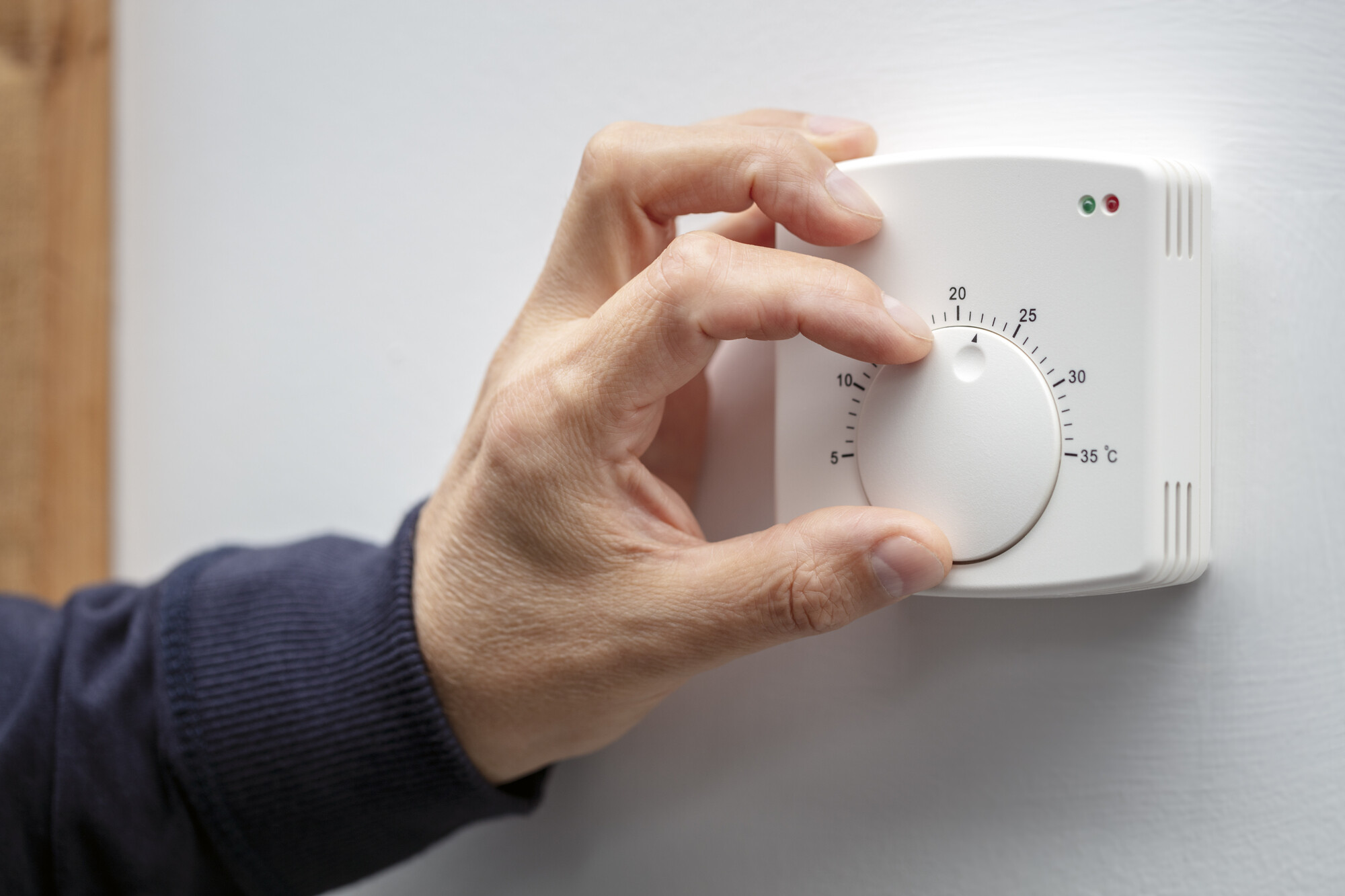

Home Automation Appliances
What Temperature To Set Thermostat During Winter In UK
Modified: January 9, 2024
Find the ideal winter thermostat setting for your UK home with our home automation appliances. Keep your space cozy and energy-efficient.
(Many of the links in this article redirect to a specific reviewed product. Your purchase of these products through affiliate links helps to generate commission for Storables.com, at no extra cost. Learn more)
Introduction
Introduction
As the winter season sets in, the cozy warmth of home becomes a top priority for many households in the UK. One of the key elements in maintaining a comfortable indoor environment during the colder months is setting the thermostat to an appropriate temperature. However, determining the ideal temperature can be influenced by various factors such as personal comfort, energy efficiency, and cost-effectiveness.
In this comprehensive guide, we will explore the factors to consider when setting the thermostat during the winter months, recommended temperature settings for optimal comfort and energy savings, as well as valuable tips for efficient heating. By understanding these aspects, homeowners can strike a balance between creating a warm and inviting space while also managing energy consumption effectively.
Factors to Consider
Key Takeaways:
- Keep your home cozy and energy-efficient during winter by setting the thermostat to 18-21°C during the day and lowering it by 5-7°C at night. This balance ensures comfort and reduces heating costs.
- Maximize heating efficiency by using programmable thermostats, optimizing insulation, and leveraging natural sunlight. These strategies help create a warm and inviting home while saving on energy expenses.
Factors to Consider
When determining the ideal thermostat setting for the winter season in the UK, several crucial factors come into play. Understanding and considering these factors can help homeowners make informed decisions that align with their comfort preferences, energy efficiency goals, and budget constraints.
- Personal Comfort: One of the primary considerations when setting the thermostat during winter is personal comfort. Individuals may have varying temperature preferences based on factors such as age, health conditions, and clothing choices. It’s essential to find a balance that ensures everyone in the household feels comfortable and cozy without overheating the space.
- Energy Efficiency: Another vital factor is the impact of thermostat settings on energy consumption. Higher temperatures result in increased energy usage, potentially leading to higher utility bills and a larger carbon footprint. Finding the optimal temperature that balances comfort with energy efficiency is key to minimizing environmental impact and reducing heating costs.
- Outdoor Temperature: The outdoor weather conditions play a significant role in determining indoor thermostat settings. Colder outdoor temperatures may necessitate higher indoor heating to maintain a comfortable environment, while milder weather allows for potential energy-saving adjustments.
- Insulation and Home Design: The level of insulation in the home, as well as its design and layout, can impact how effectively the indoor temperature is maintained. Well-insulated homes may retain heat more efficiently, allowing for lower thermostat settings, while drafty or poorly insulated spaces may require higher temperatures to offset heat loss.
- Occupancy and Daily Routine: Consideration of the household’s occupancy patterns and daily routines is essential. Lowering the thermostat during periods when the house is unoccupied or at night can lead to significant energy savings without sacrificing comfort. Additionally, adjusting the temperature based on daily activities and preferences can contribute to a more efficient heating strategy.
By taking these factors into account, homeowners can make informed decisions regarding thermostat settings that cater to both their comfort needs and energy conservation goals.
Recommended Temperature Settings
Recommended Temperature Settings
Setting the thermostat to an appropriate temperature during the winter season is crucial for maintaining a comfortable indoor environment while optimizing energy usage. While individual preferences may vary, there are general recommendations that can serve as a starting point for homeowners looking to strike a balance between comfort and efficiency.
For most households in the UK, a recommended daytime temperature during the winter months is around 18 to 21 degrees Celsius (64 to 70 degrees Fahrenheit). This range typically provides a comfortable indoor climate for daily activities while minimizing energy consumption.
During nighttime or when the house is unoccupied, lowering the thermostat by about 5 to 7 degrees Celsius (9 to 12 degrees Fahrenheit) can lead to significant energy savings without compromising comfort. This adjustment can be particularly effective during the late evening and overnight hours when individuals are typically bundled up in warm bedding.
Furthermore, for households with infants, elderly individuals, or individuals with certain health conditions, maintaining a slightly warmer indoor temperature within the range of 20 to 22 degrees Celsius (68 to 72 degrees Fahrenheit) may be more suitable to ensure their comfort and well-being.
It’s important to note that these recommended temperature settings are not absolute and can be adjusted based on personal preferences, seasonal variations, and specific household needs. Additionally, leveraging programmable thermostats to automatically regulate temperature settings based on daily schedules and occupancy patterns can enhance both comfort and energy efficiency.
By adhering to these recommended temperature ranges and making thoughtful adjustments based on individual circumstances, homeowners can create a cozy and inviting indoor environment while managing heating costs and reducing energy consumption.
Tips for Efficient Heating
Set your thermostat to around 18-21°C during the day when you’re home, and lower it at night or when you’re away to save energy and money during the winter in the UK.
Tips for Efficient Heating
Maximizing the efficiency of home heating during the winter season is essential for both cost savings and environmental sustainability. By implementing practical strategies and adopting energy-conscious habits, homeowners can optimize their heating systems while maintaining a comfortable indoor environment. Here are some valuable tips for efficient heating:
- Regular Maintenance: Schedule routine maintenance for your heating system to ensure optimal performance. This includes cleaning or replacing filters, checking for leaks or inefficiencies, and conducting professional inspections to address any issues promptly.
- Programmable Thermostats: Install and utilize programmable thermostats to automatically adjust temperature settings based on daily schedules and occupancy patterns. This allows for precise control over heating, enabling energy-saving setbacks during periods of reduced activity or when the house is unoccupied.
- Zoned Heating: Consider implementing zoned heating systems that allow different areas of the home to be heated independently. This enables customized temperature control for specific zones, optimizing comfort and energy usage based on individual preferences and room usage.
- Optimal Insulation: Enhance the insulation of your home to minimize heat loss and improve energy efficiency. This may involve adding insulation to walls, attics, and basements, as well as sealing gaps and drafts around windows, doors, and ductwork.
- Natural Sunlight Utilization: Open curtains and blinds during the day to allow natural sunlight to warm the interior spaces. This passive heating technique can reduce the reliance on artificial heating sources during daylight hours.
- Avoid Heat Obstruction: Ensure that vents, radiators, and baseboard heaters are unobstructed by furniture, drapes, or other objects that can impede heat circulation. Clearing these areas allows for efficient heat distribution throughout the rooms.
- Energy-Efficient Equipment: Consider upgrading to energy-efficient heating systems and appliances, such as high-efficiency furnaces, heat pumps, or radiant heating solutions. These modern technologies are designed to deliver superior performance while minimizing energy consumption.
- Thermostat Awareness: Encourage household members to be mindful of thermostat settings and to dress appropriately for the indoor temperature. Wearing layered clothing and using blankets can reduce the need for higher thermostat settings.
By incorporating these tips into your heating practices, you can create a more sustainable and cost-effective approach to maintaining a warm and inviting home environment during the winter months.
Conclusion
Conclusion
As the winter season unfolds, the importance of setting the thermostat to an appropriate temperature becomes paramount for homeowners in the UK. By considering various factors such as personal comfort, energy efficiency, and household routines, individuals can make informed decisions to create a cozy indoor environment while managing heating costs effectively.
Recommended temperature settings, ranging from 18 to 21 degrees Celsius (64 to 70 degrees Fahrenheit) during the day and a reduction of 5 to 7 degrees Celsius (9 to 12 degrees Fahrenheit) during nighttime or unoccupied periods, provide a practical starting point for balancing comfort and energy conservation. These settings can be adjusted based on specific household needs, seasonal variations, and the presence of vulnerable individuals.
Moreover, implementing efficient heating practices, including regular maintenance, the use of programmable thermostats, zoned heating systems, optimal insulation, and leveraging natural sunlight, can further enhance energy efficiency and reduce heating costs. By embracing these strategies, homeowners can create a sustainable approach to winter heating that prioritizes both comfort and environmental responsibility.
Ultimately, the quest for an ideal thermostat setting during winter in the UK involves finding a harmonious blend of warmth, energy efficiency, and cost-effectiveness. By embracing recommended temperature ranges, incorporating energy-conscious habits, and making thoughtful adjustments based on individual circumstances, households can ensure a snug and inviting indoor environment while minimizing their environmental impact and heating expenses.
With a holistic approach to thermostat settings and heating practices, homeowners can navigate the winter season with confidence, knowing that they have optimized their indoor climate for comfort, efficiency, and sustainability.
Frequently Asked Questions about What Temperature To Set Thermostat During Winter In UK
Was this page helpful?
At Storables.com, we guarantee accurate and reliable information. Our content, validated by Expert Board Contributors, is crafted following stringent Editorial Policies. We're committed to providing you with well-researched, expert-backed insights for all your informational needs.
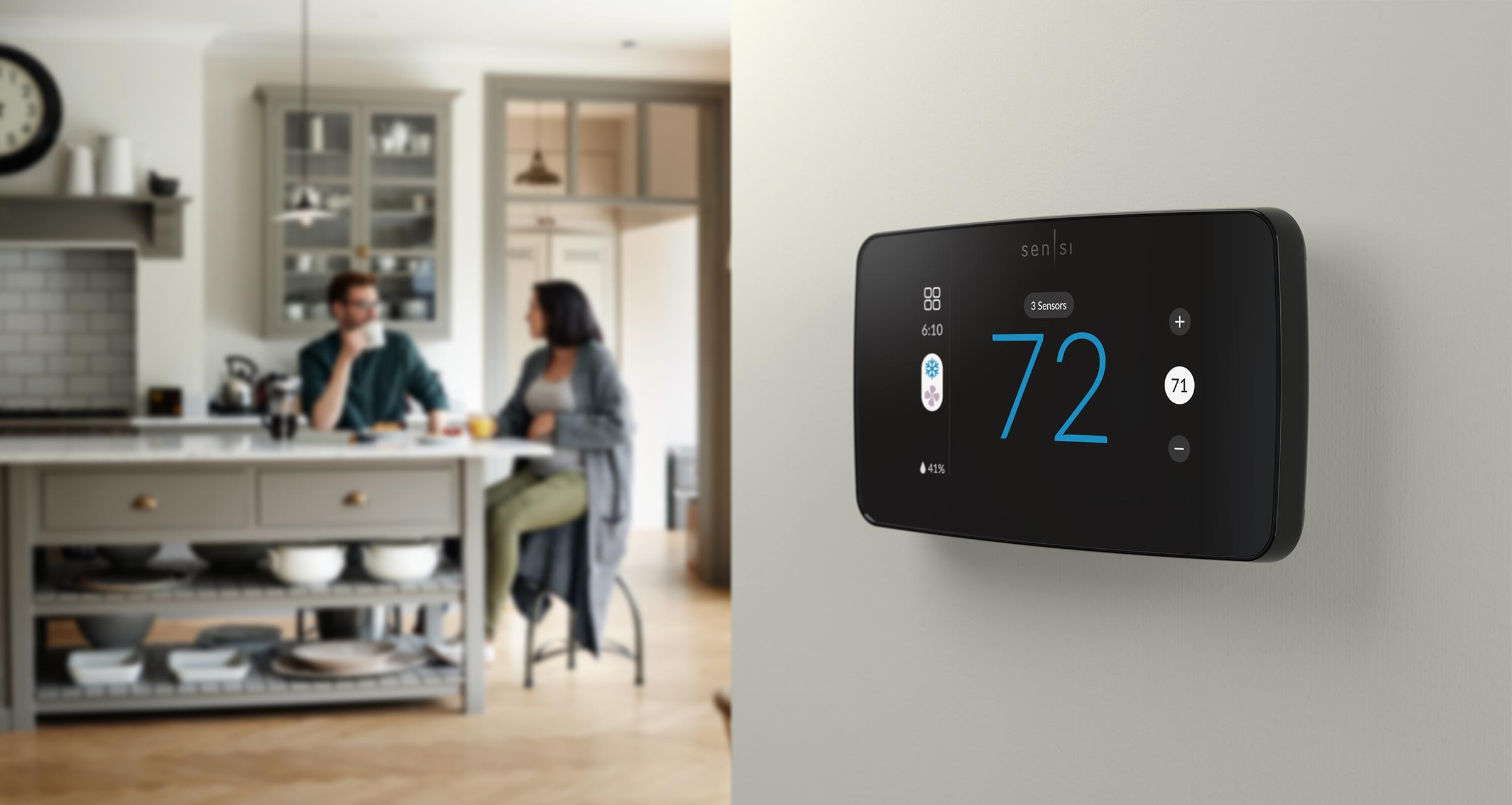

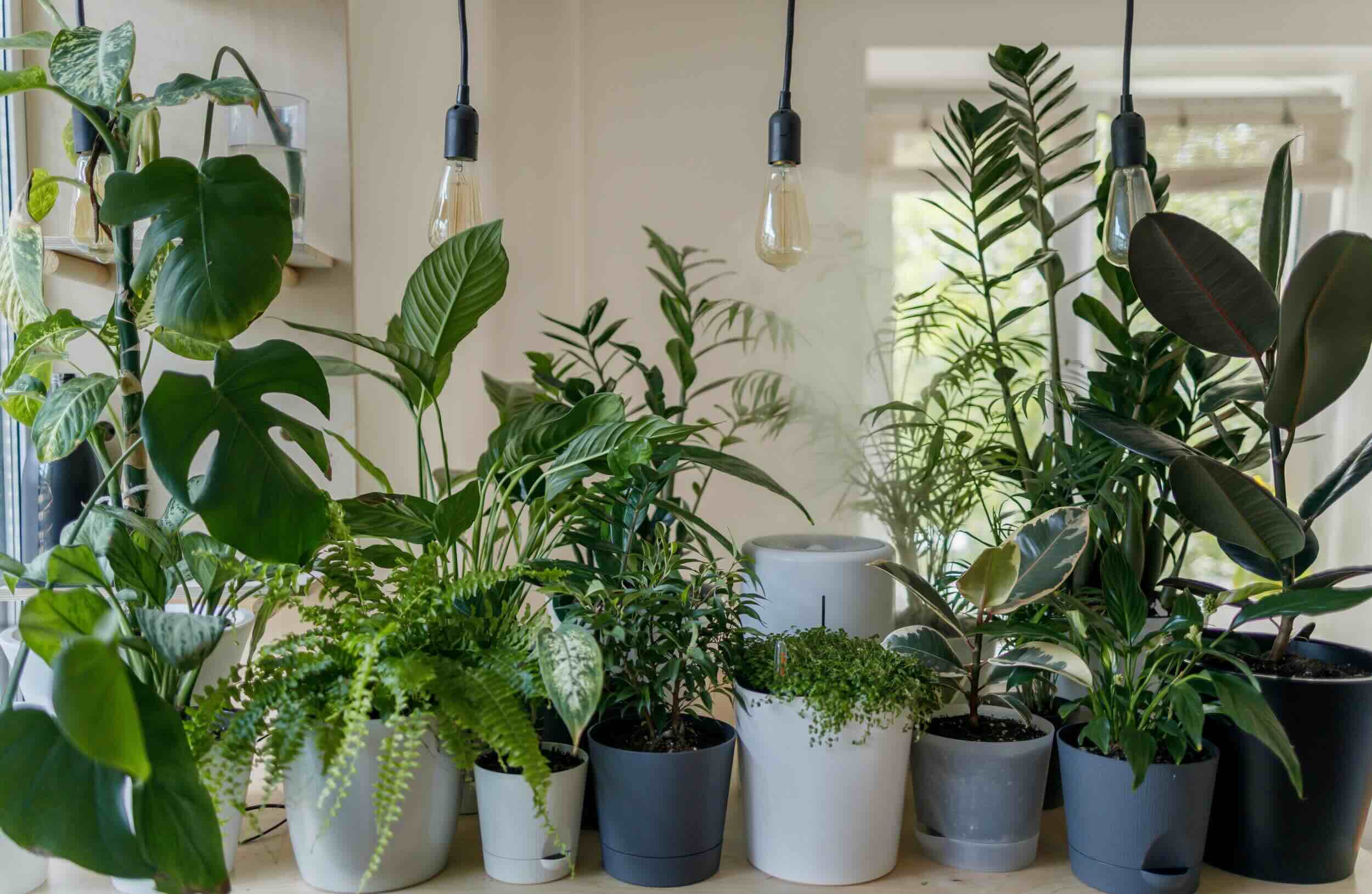
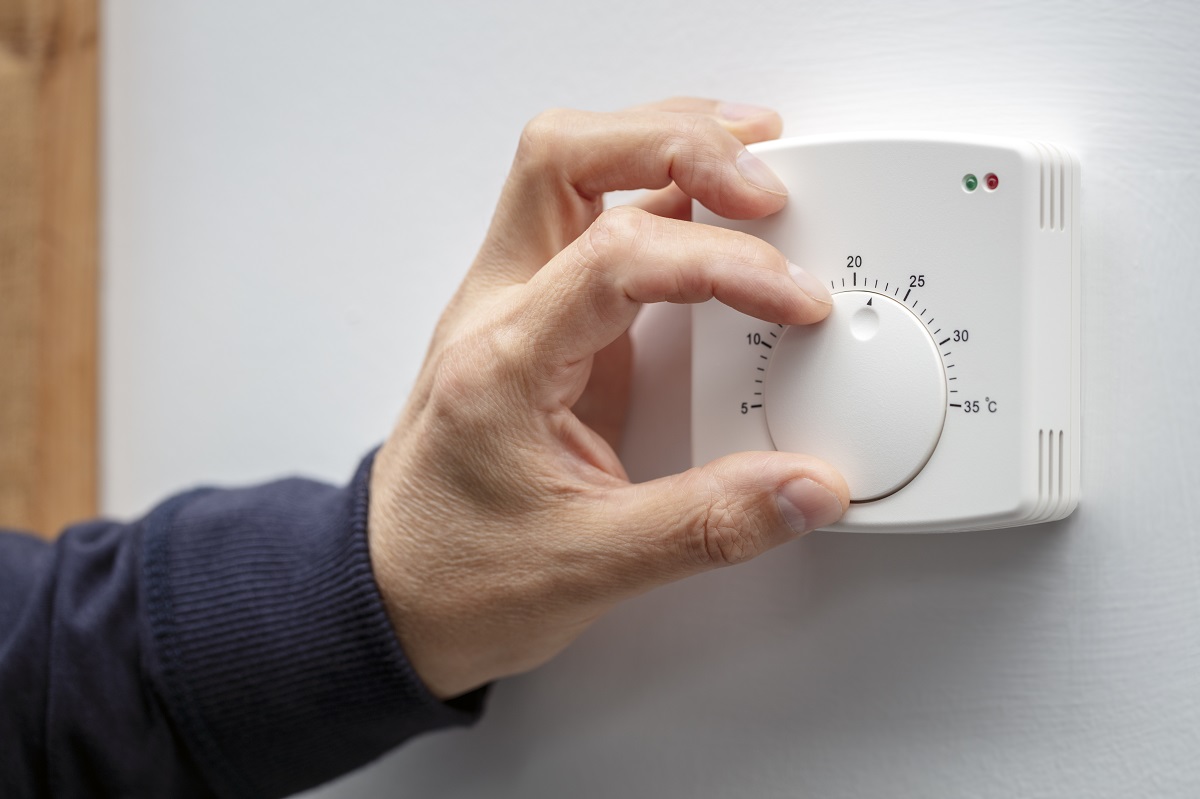


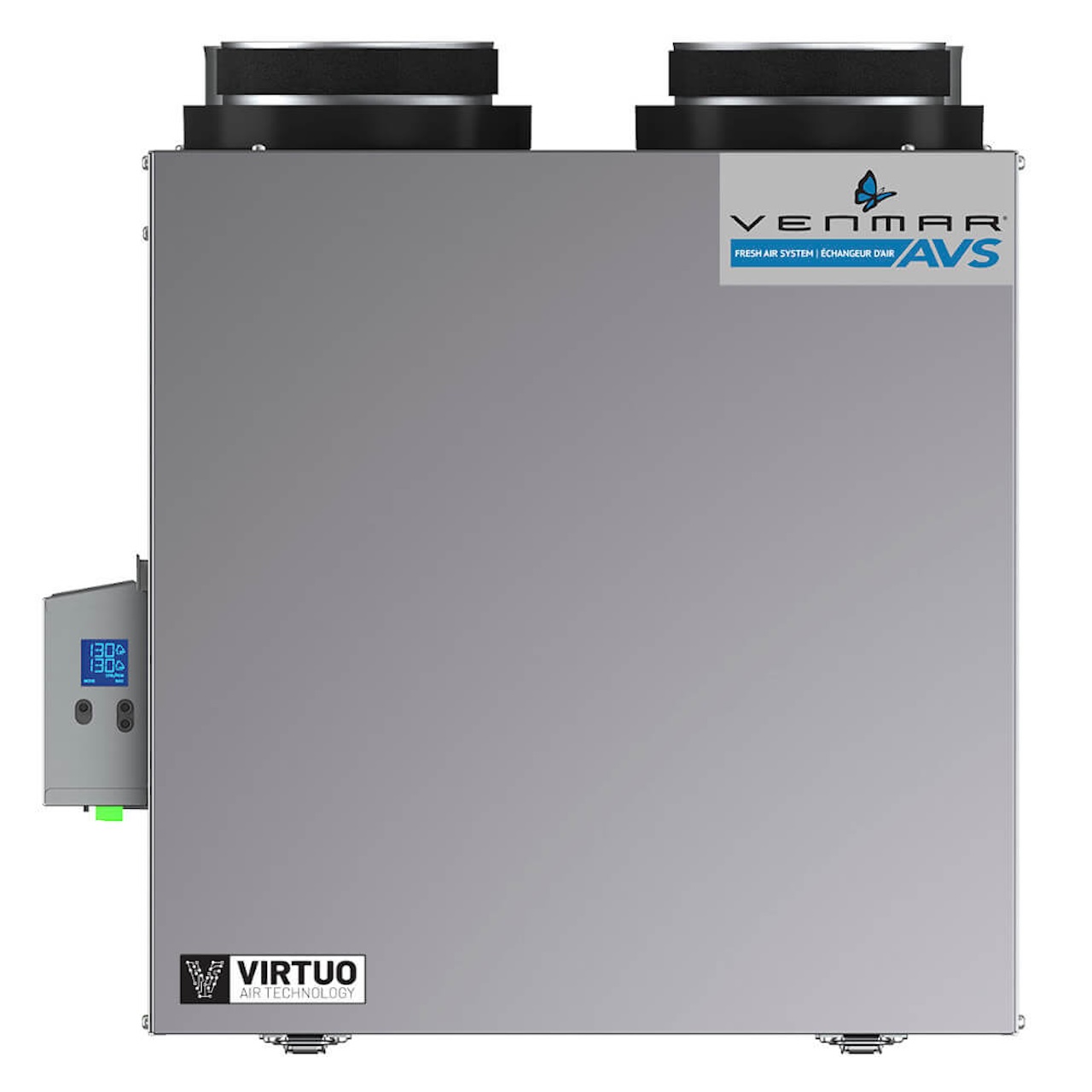

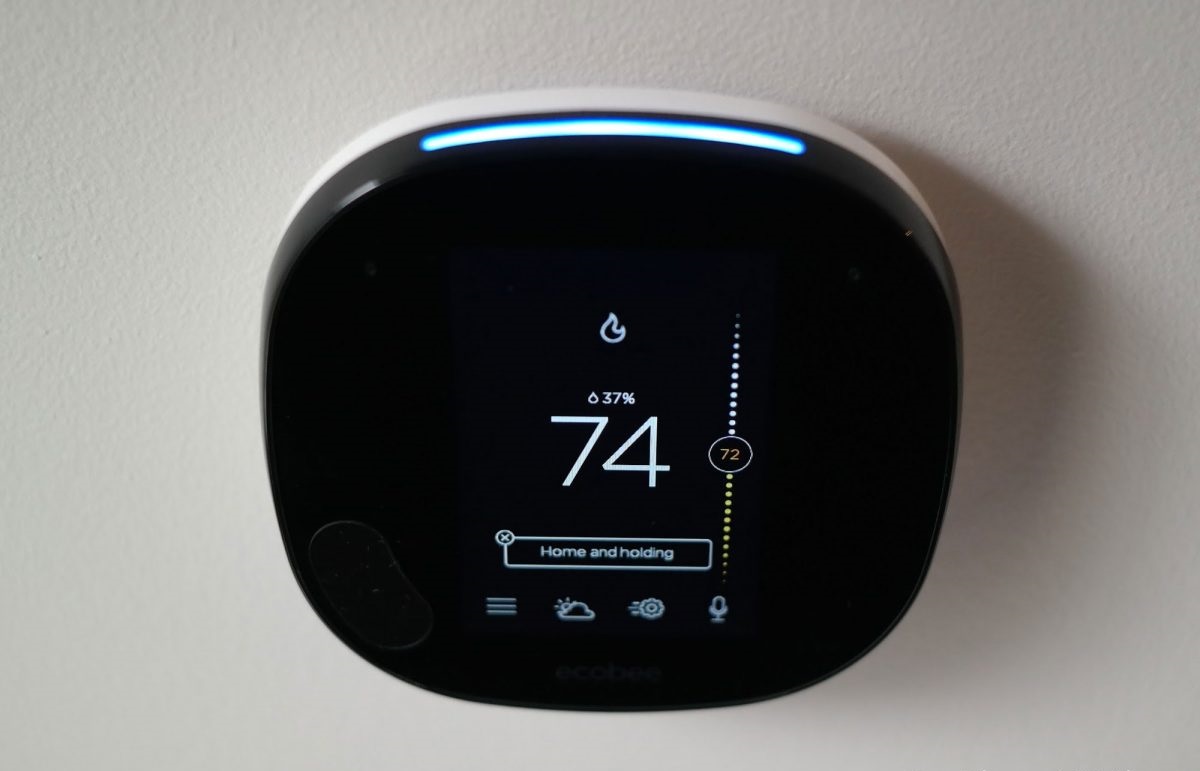
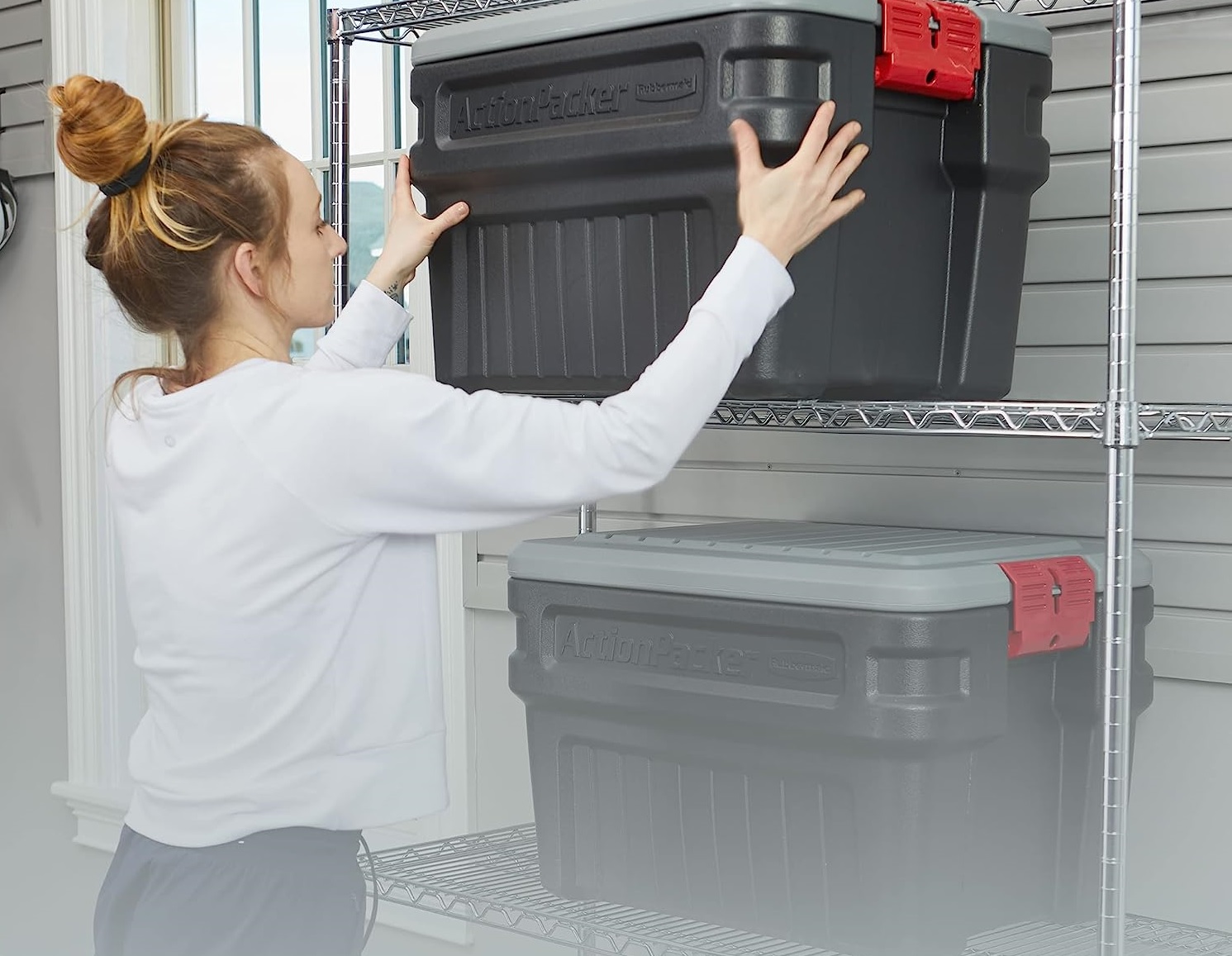
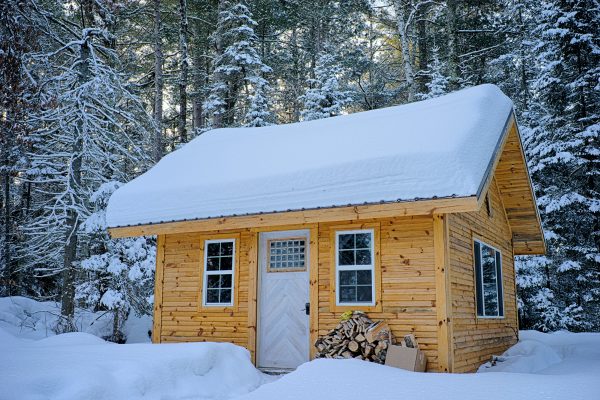

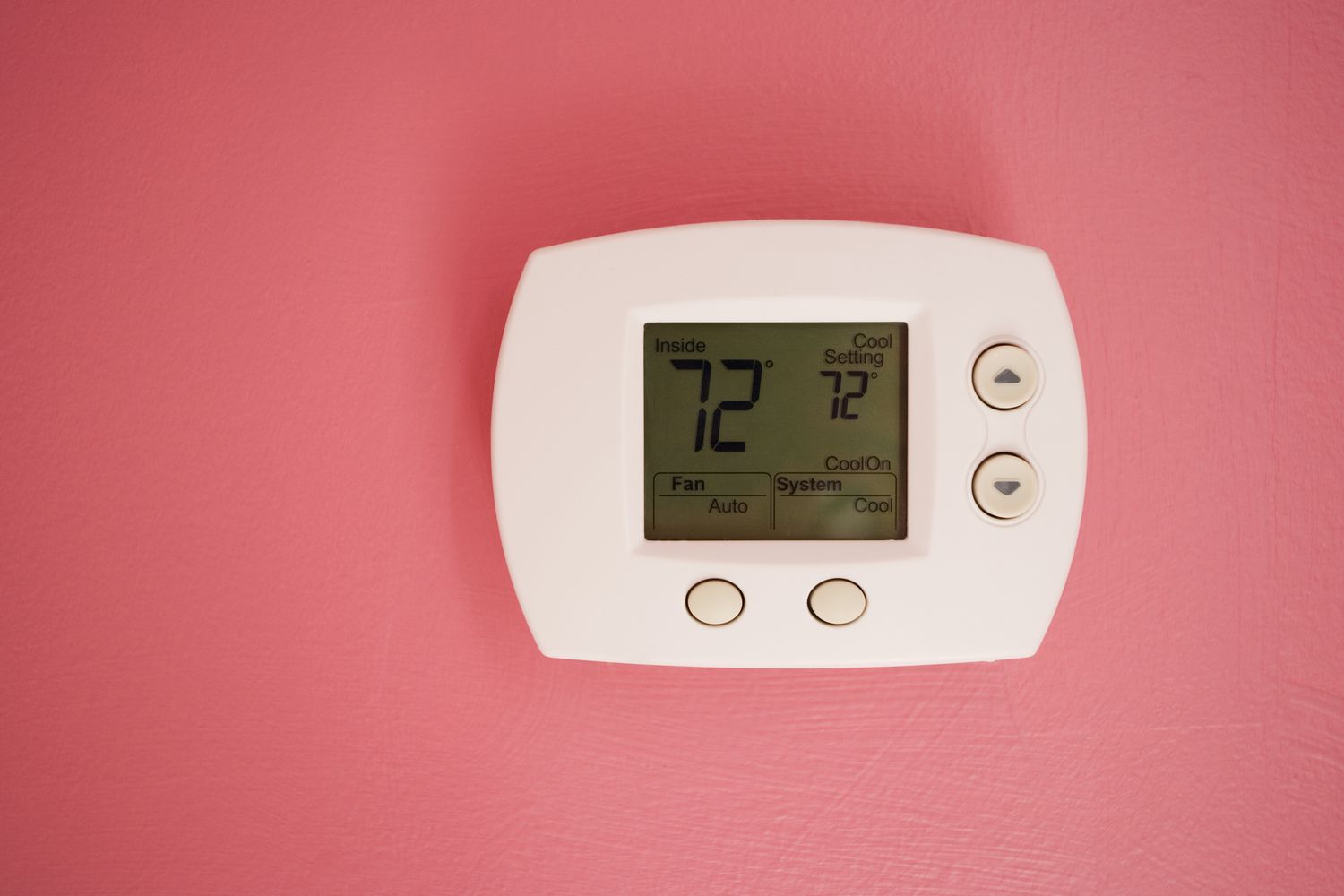
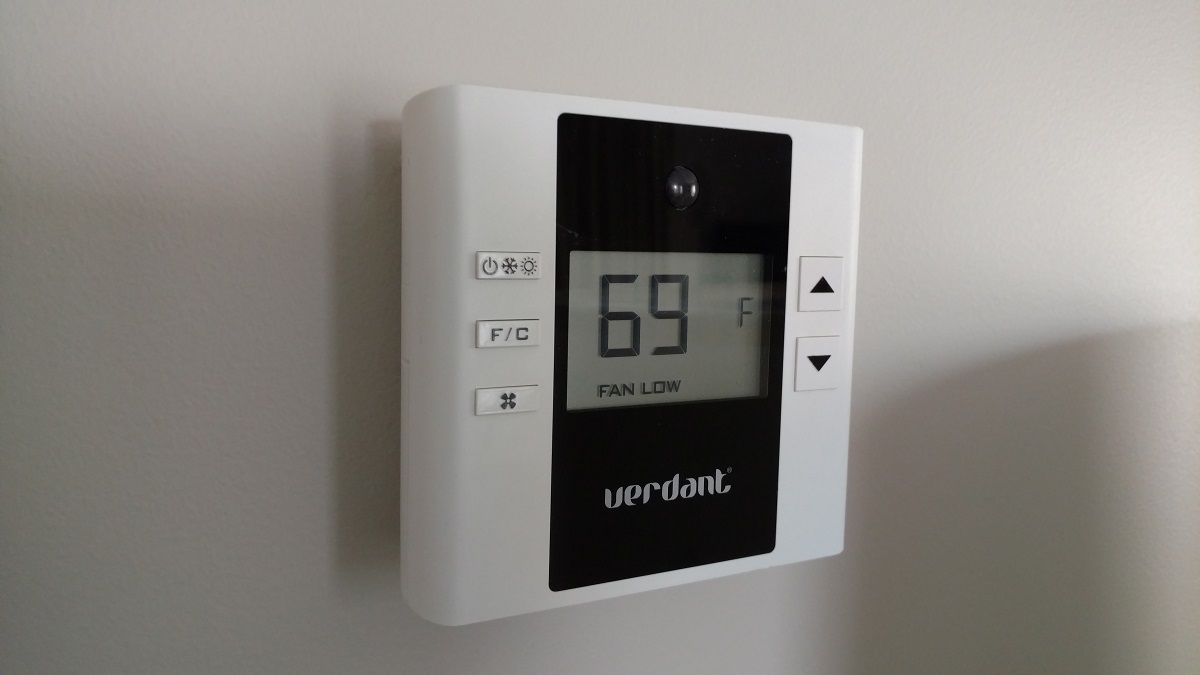
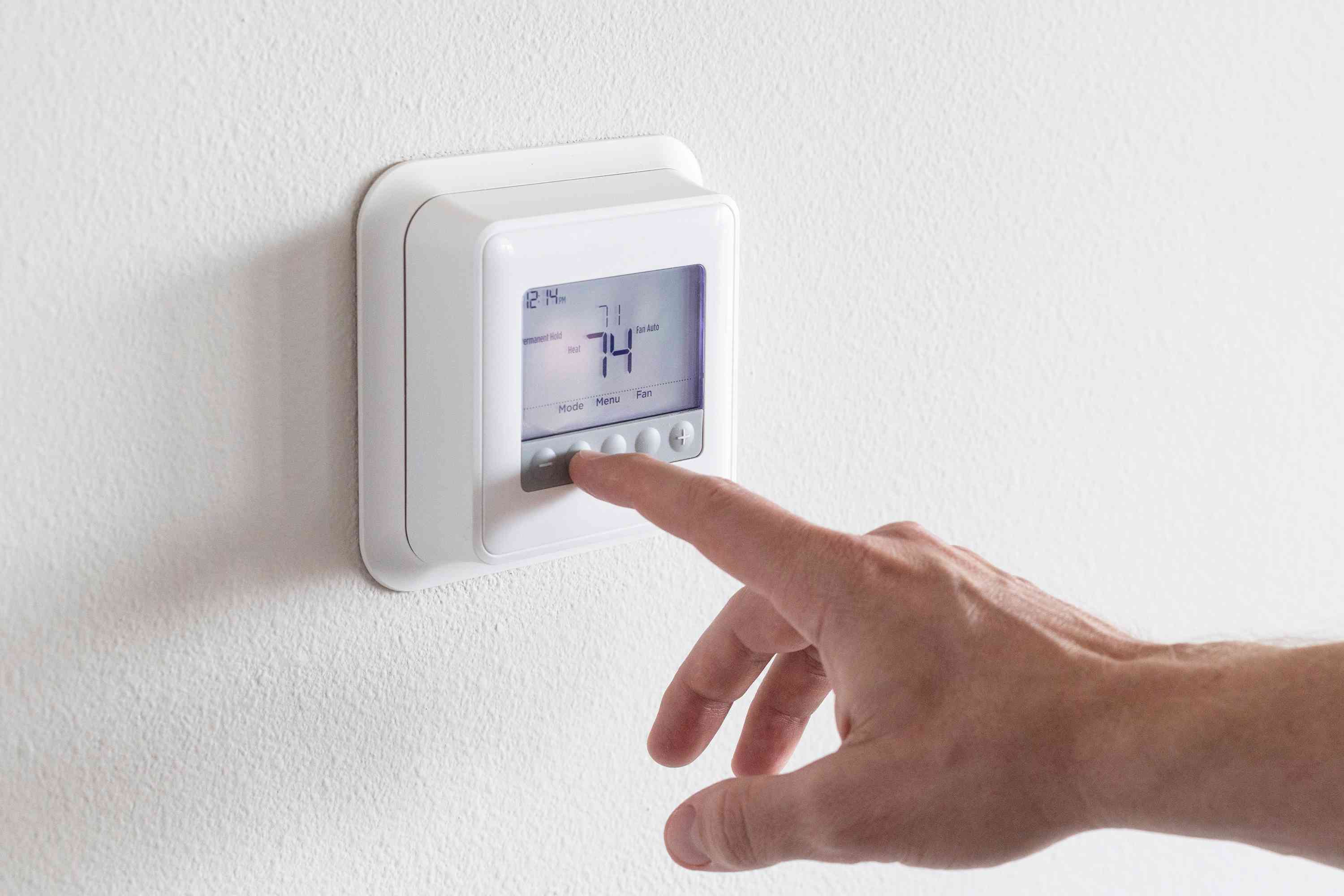

0 thoughts on “What Temperature To Set Thermostat During Winter In UK”